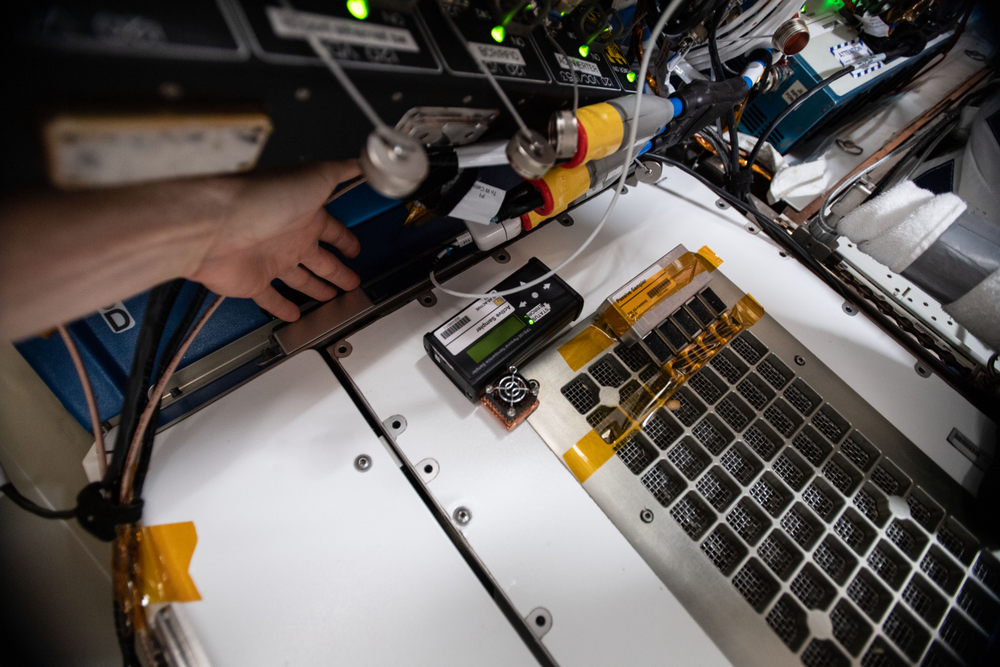Station Science Top News: July 5, 2024
Researchers report preliminary evidence that cerebral microbleeds after spaceflight are more common in those with a prior spaceflight experience. The finding fits with previous research showing that spaceflight may produce neurological damage, and it parallels other signs of “rapid aging” in space such as musculoskeletal degeneration. The researchers suggest including sequences for microbleed identification in NASA’s Lifetime Surveillance of Astronaut Health Program MRI protocol to adequately monitor astronaut health and evaluate the cerebrovascular risk associated with spaceflight.
Cerebral microbleeds in the brain are considered early evidence of small vessel disease and associated with cognitive impairment. CSA's (Canadian Space Agency) Wayfinding investigation, a study of how microgravity affects behavioral and neurological mechanisms of wayfinding and persistence of cognitive and neurological changes after flight, included structural and functional neuroimaging. Future research is needed on the prevalence, mechanisms, and timing of cerebral microbleeds in astronauts using subjects and controls of similar ages.
Watch the video here.
***
Analysis of cell-free RNA collected before, during, and after spaceflight confirms previously reported dysregulation of mitochondria, cell components that are involved in energy production and cell growth. “Liquid biopsies” that extract nucleic acids (DNA and RNA) from blood or fluid samples are non-invasive and easier to conduct in orbit than invasive tissue biopsies. They could be used to detect biomarkers for lifetime surveillance of recovery from spaceflight in astronauts and for early detection of stress, inflammation, cancer, and other health issues on Earth.
The JAXA (Japan Aerospace Exploration Agency) Cell-Free Epigenome investigation analyzed cell-free DNA and RNA molecules collected from crew members before and during spaceflight to determine changes in the body at the genetic level. Cell-free DNA and RNA are released from cells inside the body; chemical modifications in DNA can reflect the status of the organ that produced it, and RNA can indicate gene expression.
***
Researchers compared airborne bacterial and fungal communities in homes on Earth and on the International Space Station and found that Earth samples were much more diverse. As the number of people living and working in space increases, understanding the microorganisms on spacecraft is necessary to inform designs that promote healthy indoor environments and support human health, spacecraft integrity, and planetary protection. These results also can inform maintenance of healthy microbiomes in Earth-based indoor spaces.
Aerosol Samplers collected and analyzed airborne particles in space station cabin air. Like any human-occupied indoor environment, the orbiting laboratory has its own unique microbiome, with over 12,000 identified microbial species. In this closed system, microbes primarily originate from the humans onboard as well as from plant experiments and hardware materials. Characterizing the air on the orbital outpost helps inform design and selection of particle detectors that function in microgravity to help ensure crew health and comfort.








